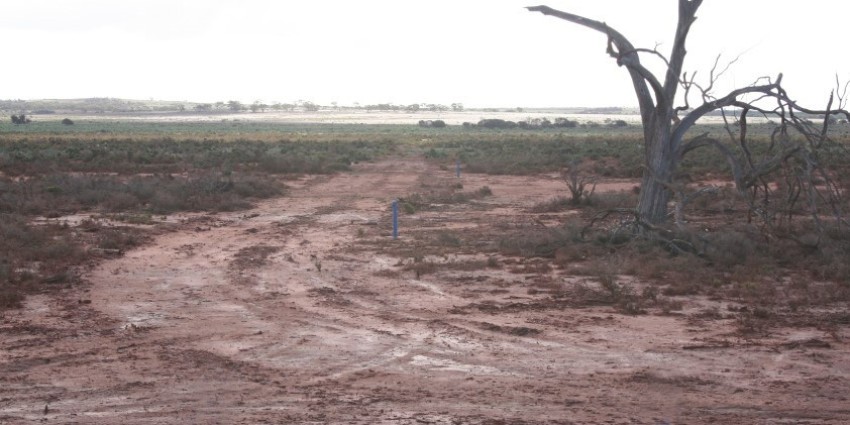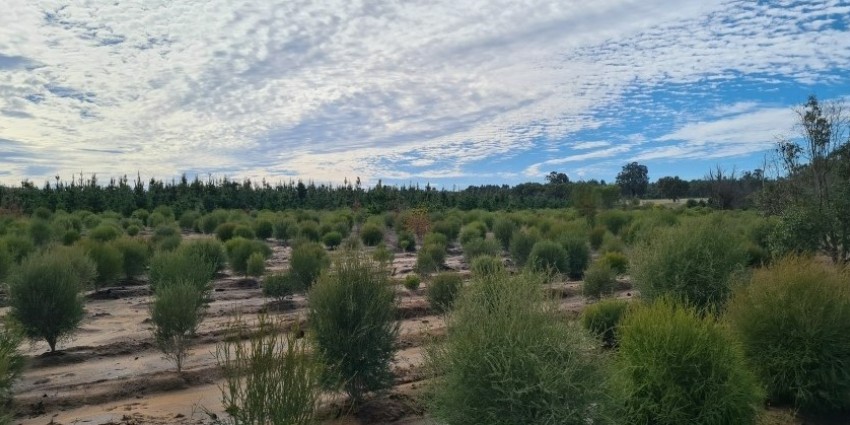Stream salinity can significantly impact water quality and is influenced by rainfall, groundwater levels, stream flow and land clearing. Excess salinity has wide ranging affects and can impact agricultural productivity, infrastructure, natural systems, and drinking water quality.
The Department of Water and Environmental Regulation prepares and implements policies and strategies to ensure safe and reliable drinking water supplies and manage salinity in key catchment areas.
Our primary salinity management activities are currently focused on the administration of the Country Areas Water Supply Act 1947 Part IIA Control of Catchment Areas (clearing controls) and associated catchment management activities.
This work is complemented by ensuring past achievements in salinity management through the State Salinity Action Plan and Salinity Investment Framework is maintained as well as engaging in specific projects and activities focused on managing and mitigation salinity impacts because of land use change.
With a planning role in drainage, we were asked to look at evaluating the efficiency and effectiveness of wheatbelt drainage and the impact it might have on water quality. We have completed this work, and an independent review by consultants GHD concluded that we have undertaken sufficient work to understand and sustainably manage inland drainage.
In 2018, the Office of the Auditor General undertook a thorough review of past salinity management work undertaken by our department, as well as the Department of Biodiversity, Conservation and Attractions and Department of Primary Industries and Regional Development. A key outcome of the Auditor General’s review was a renewed focus on salinity management in Western Australia and setting of new management guidelines.

Management of Salinity Audit



